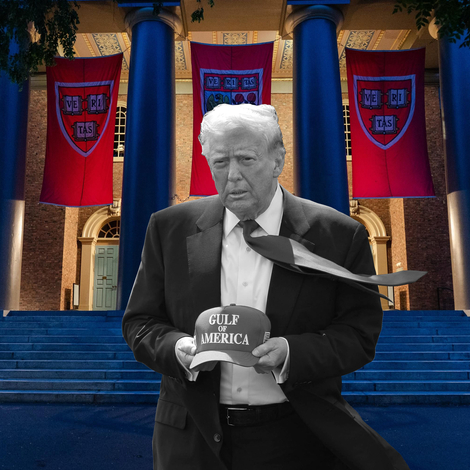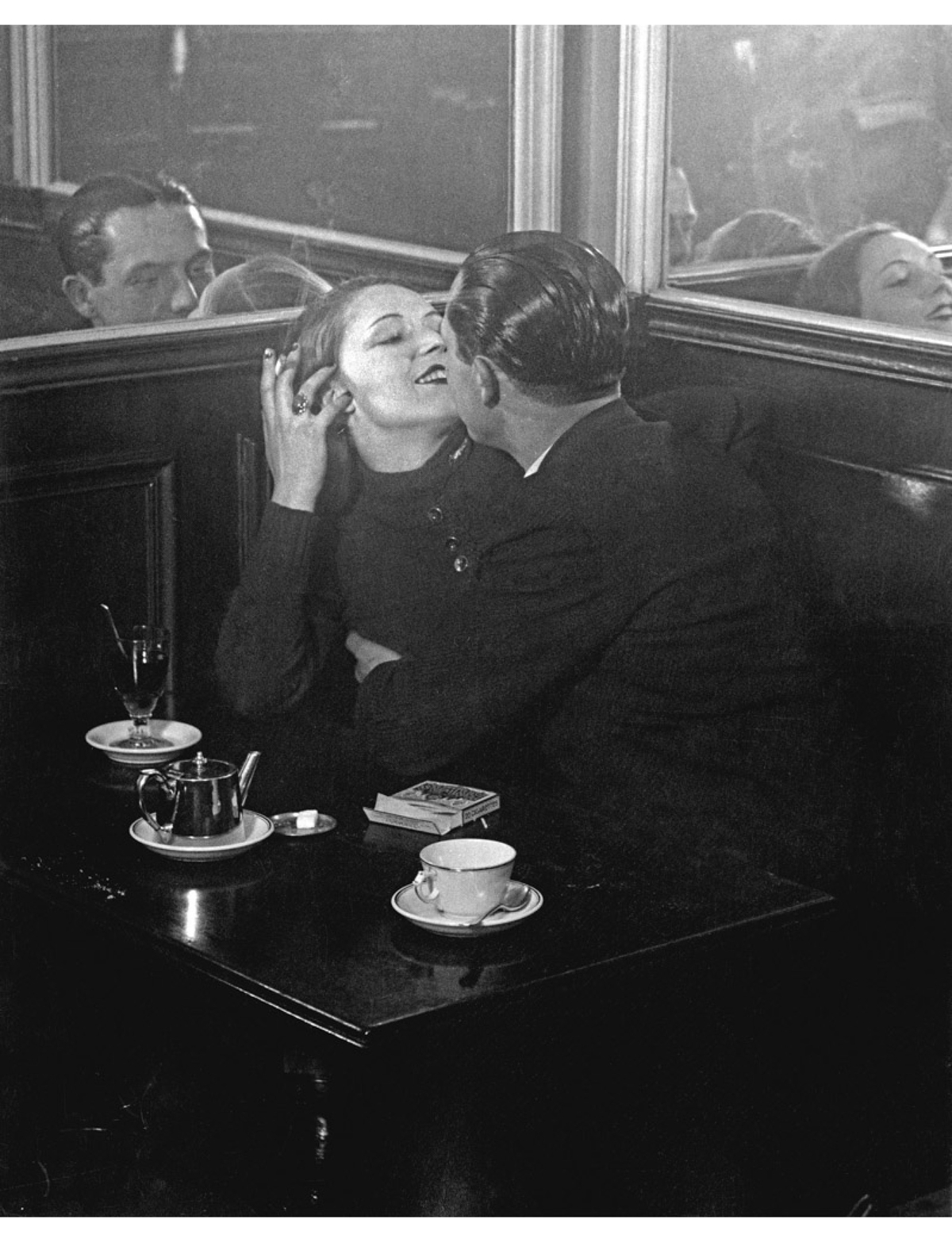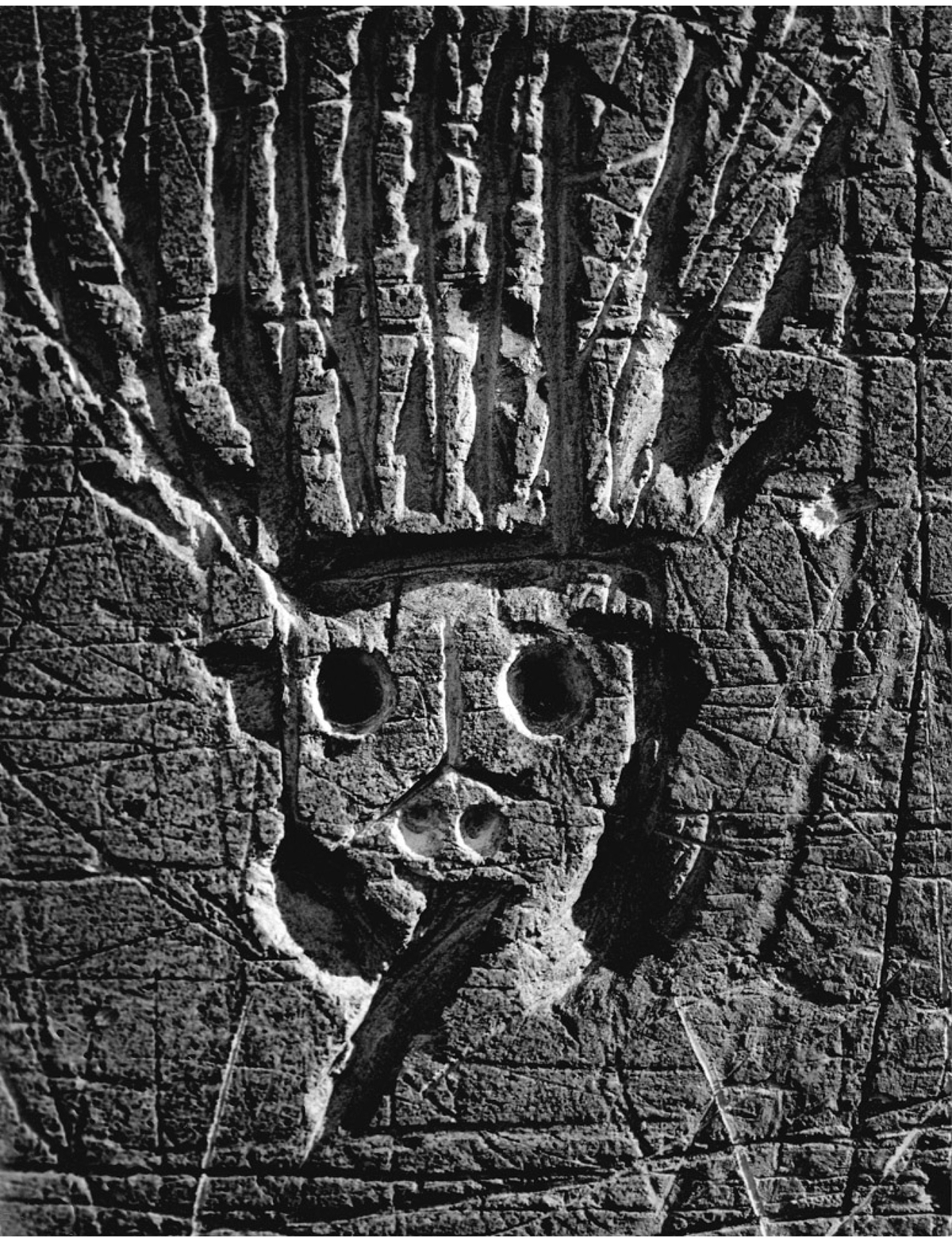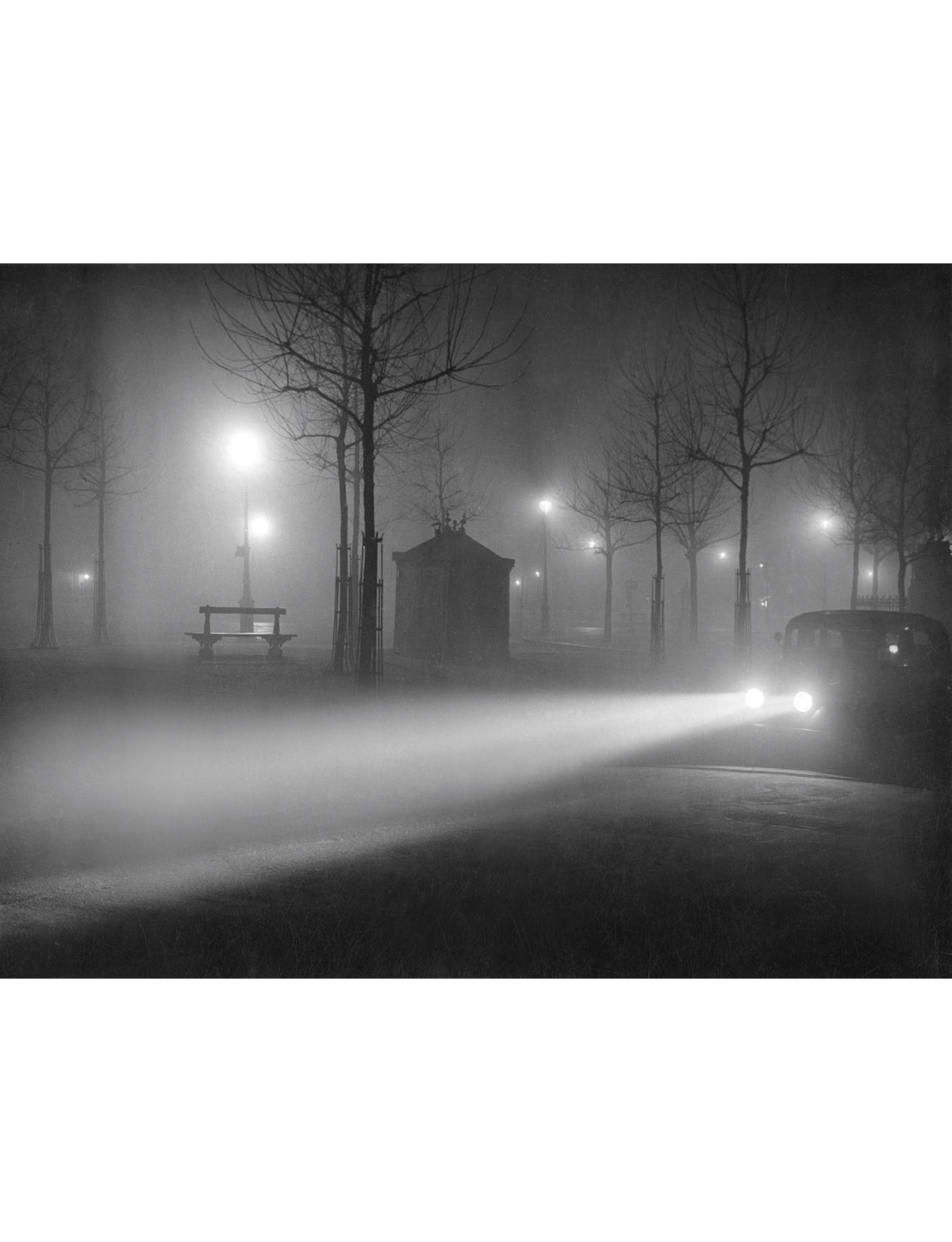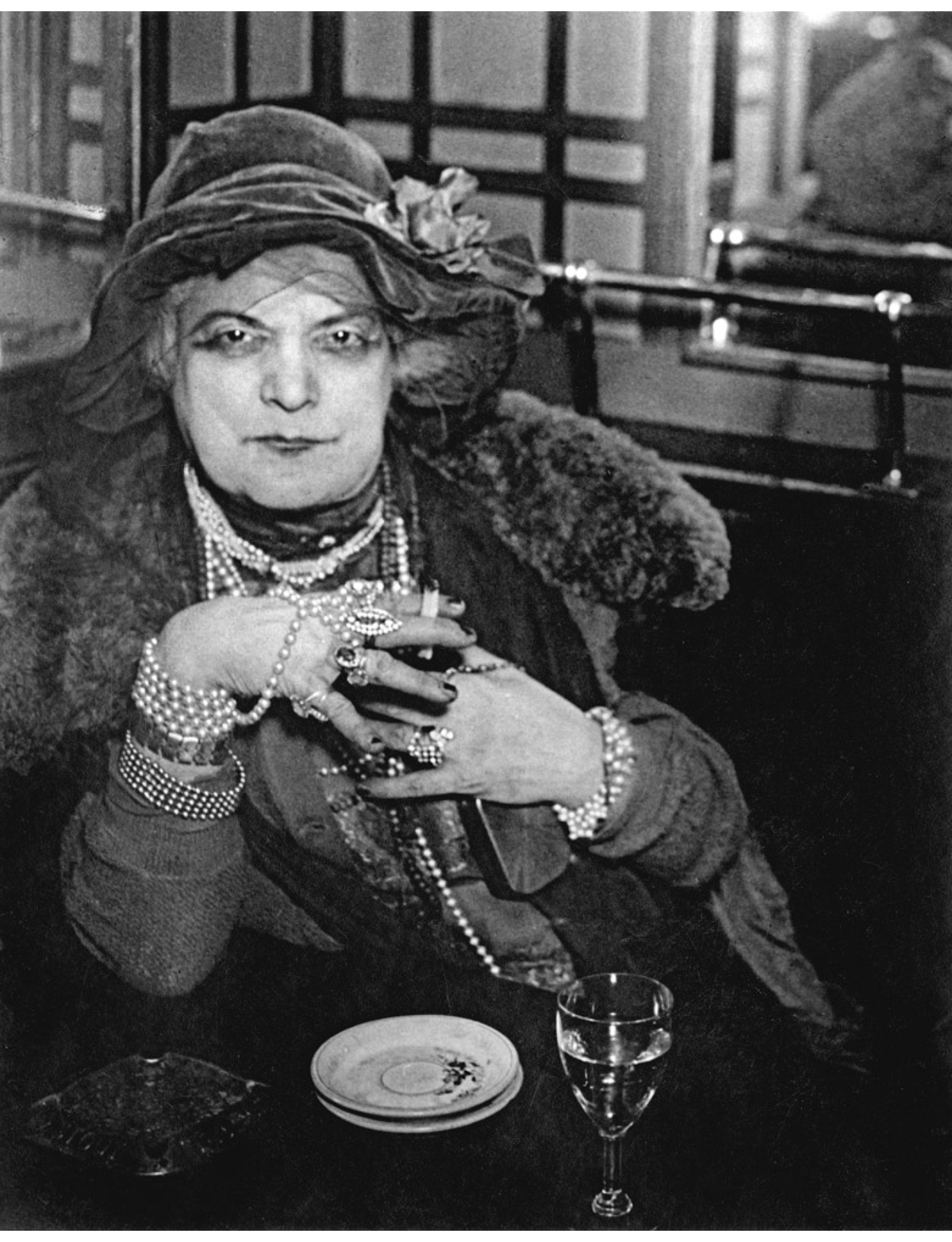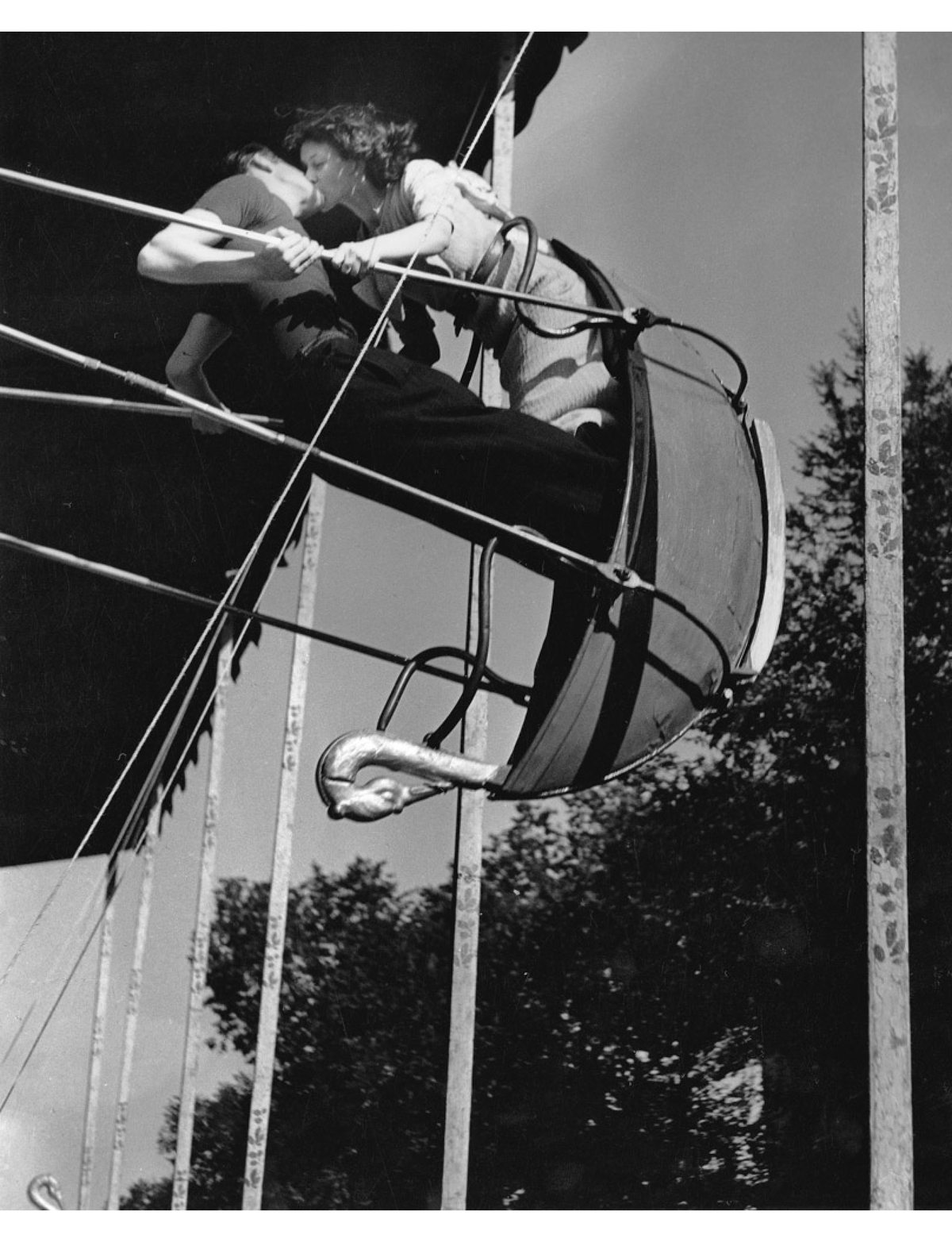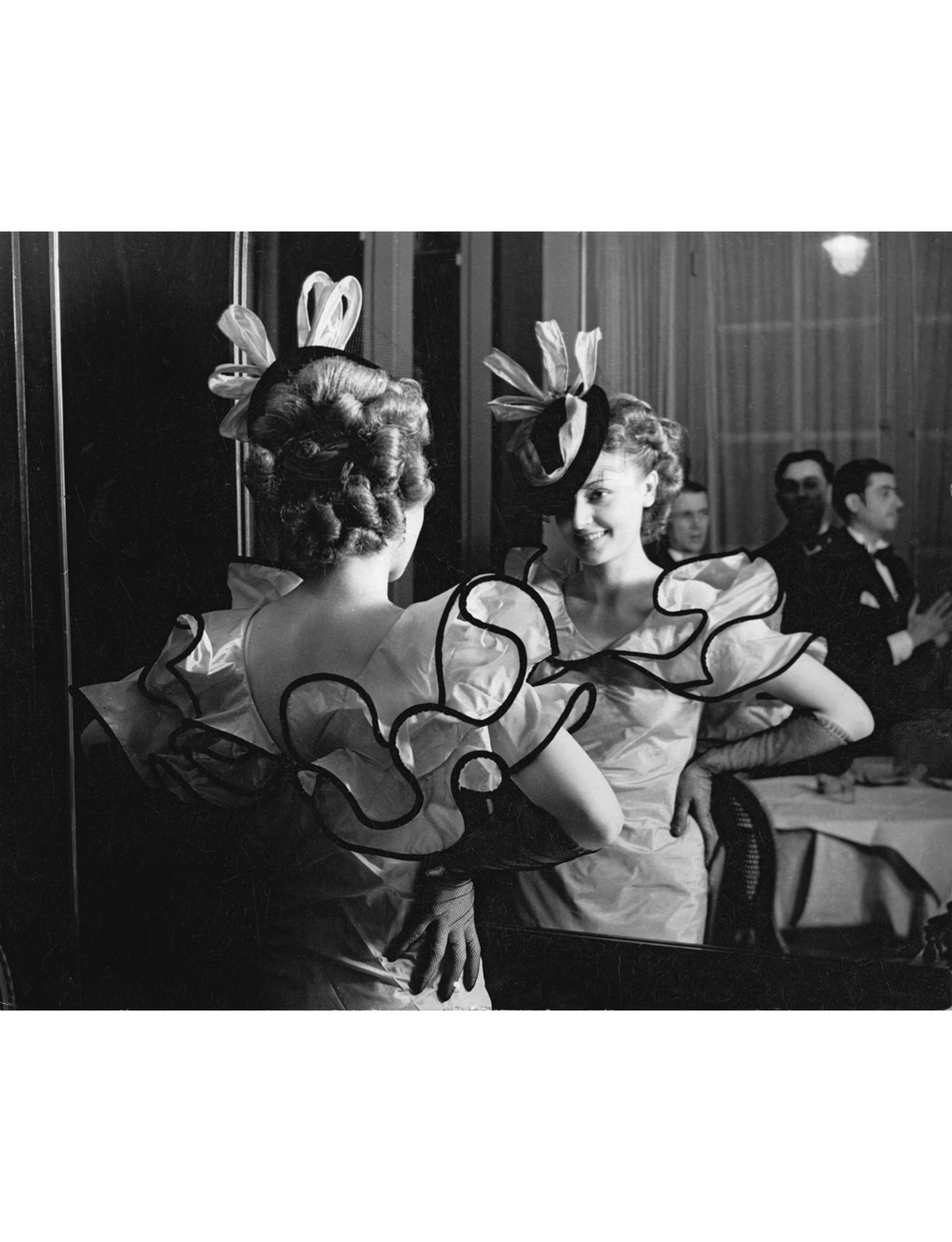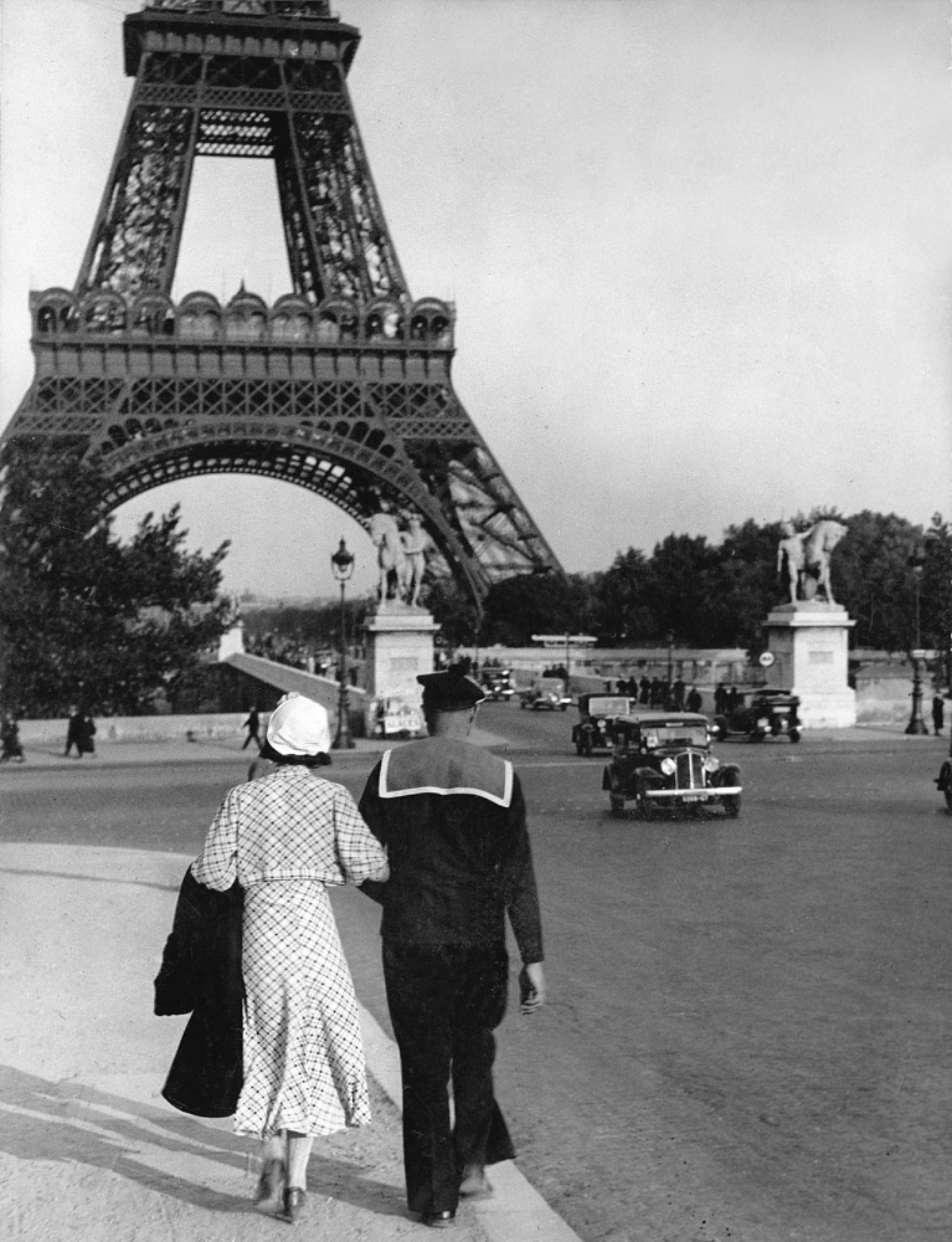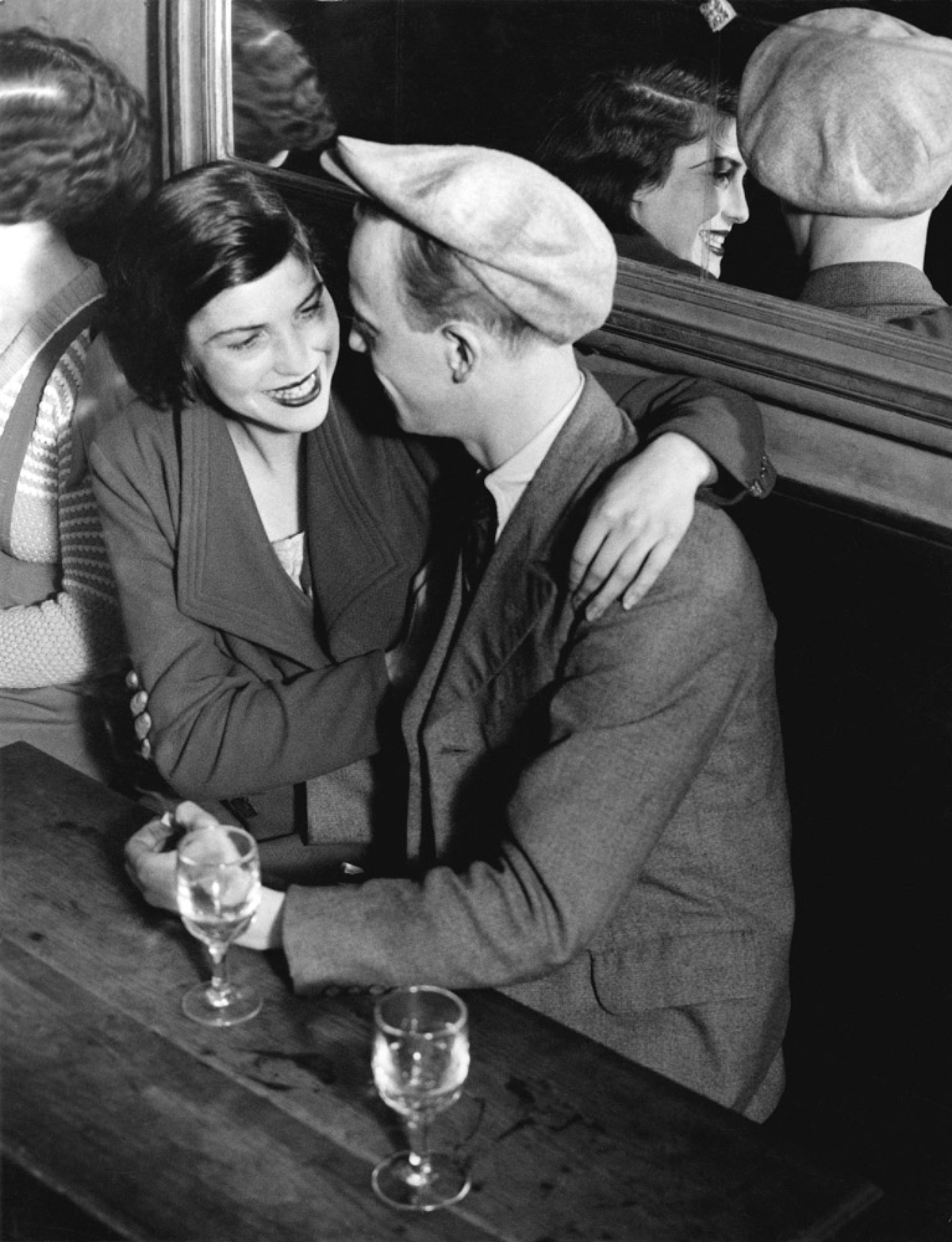The photographer Brassaï was many things. Hungarian by birth, Parisian by choice. “A living eye,” according to Henry Miller. A stage designer, sculptor, filmmaker, writer. A chronicler of 20th-century high society and of prostitutes. An avid admirer of Henri de Toulouse-Lautrec’s. His real name was Gyula Halász, and the city of Paris—its bâtiments and boulevards—was his specialty.
Brassaï was born in Brassó, present-day Romania, on September 9, 1899, at nine o’clock at night. He considered the number nine to be a symbol of cosmic order—a sign, he believed, that he was destined for greatness. In 1903, when Gyula was four, his family spent a year in Paris. He settled there for good in February 1924.
These were les Années folles, and the city was crawling with artists. Picasso was deep into his neoclassical period. Immigrant painters such as Chaim Soutine, Marc Chagall, and Amedeo Modigliani helped define what critics were calling the École de Paris. And André Breton held court for the Surrealists—Dalí, Max Ernst, Miró, and Man Ray.
In the midst of this creative thunderstorm, it occurred to Brassaï that he could illustrate his writing with photography, and in 1929 he adopted the silver-halide process to record images. In 1933, his first book was published, Paris de Nuit—a collection of moody photographs that captured the city’s shadows, fog, paramours, workers, and sex workers.
Brassaï also began contributing to Minotaure, a high-end art magazine edited by Breton and Georges Bataille, and started photographing graffiti—preserving the spontaneous marks he called “human scratches.”
This documentary yet highly atmospheric approach would distinguish Brassaï’s work for decades. He continued photographing Paris through the 1930s and beyond, turning his lens on the city’s margins as well as its salons. He worked well into the 1970s, and died in the South of France in 1984.
Brassaï’s nocturnes would have a lasting influence. According to the late John Szarkowski, a curator at the Museum of Modern Art, European photography was polarized by two dominant figures: Henri Cartier-Bresson and Brassaï. The former, “measured” and “classic”; the latter, “an angel of darkness.”
Brassaï: The Eye of Paris, a new book published in tandem with a 2024 exhibition at Milan’s Palazzo Reale, collects the photographer’s shadowed visions of the City of Light. A self-portrait, cigar in mouth, on the deserted Boulevard Auguste-Blanqui, for instance; an elegant woman and her Scottish terrier, both in black in the Bois de Boulogne. All are lyrical, tinged with nostalgia, even elegiac. “I don’t invent anything,” Brassaï said. “I imagine everything. I’ve simply attempted to express reality—for there is nothing more surreal.” —Elena Clavarino
Elena Clavarino is a Senior Editor at Air MAIL
